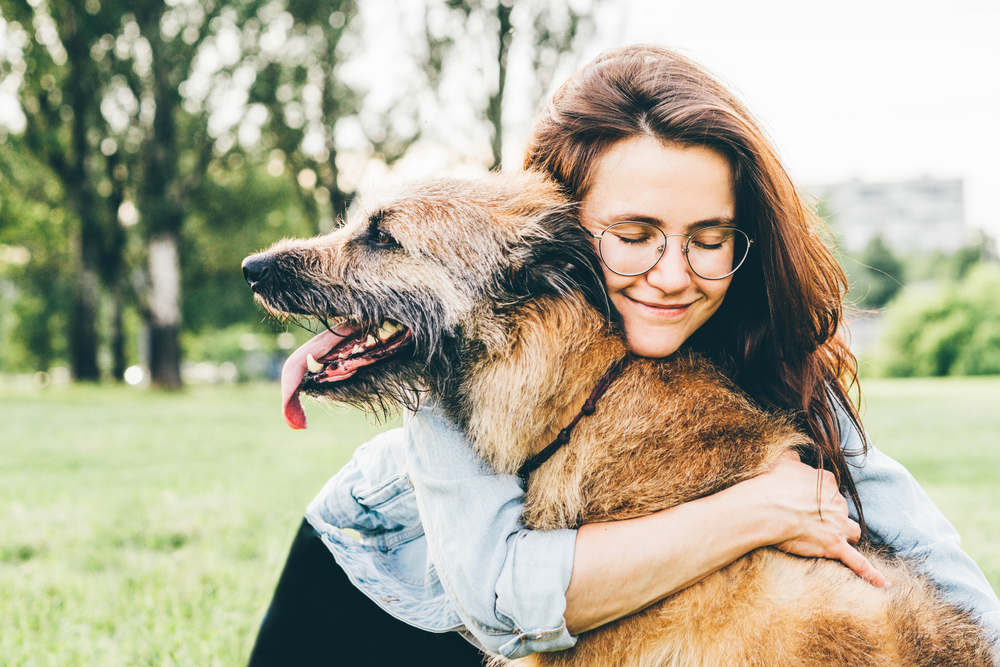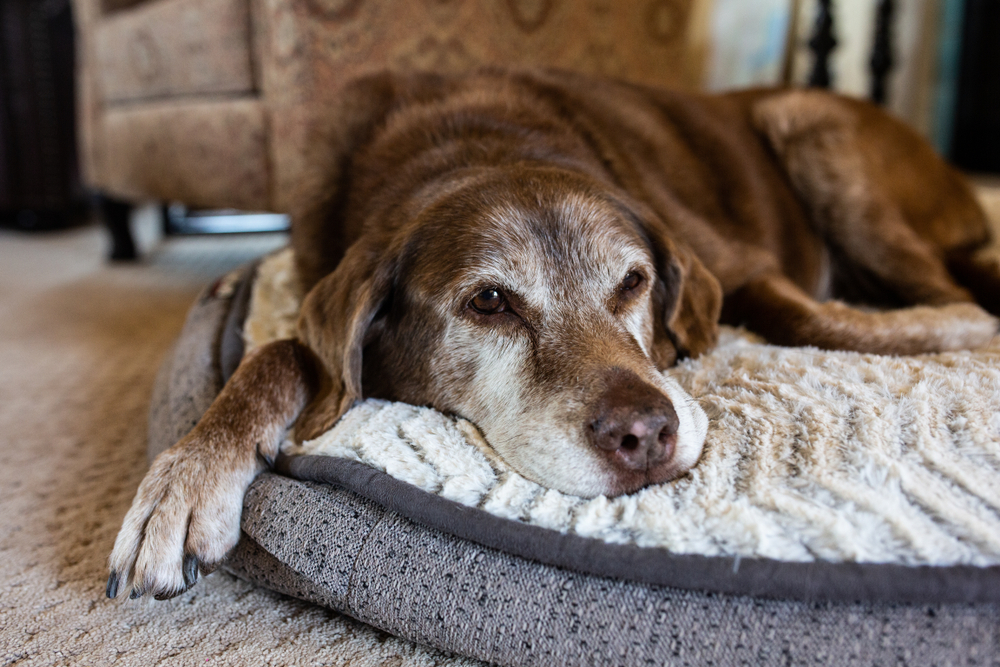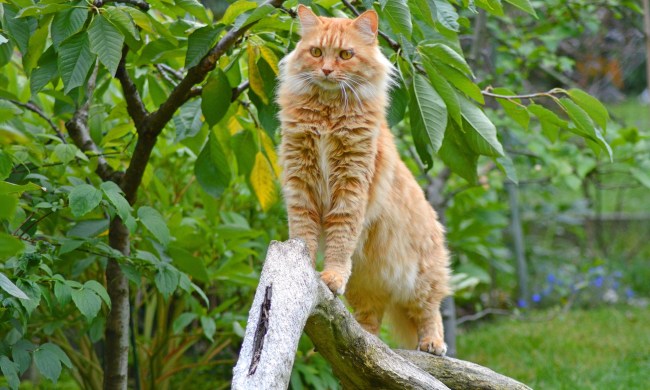
While the best time to insure your dog is when he’s young and less likely to have preexisting conditions, that doesn’t mean seniors’ pet insurance is a bad idea. It’s never too late for your pet to benefit from health insurance. Even if your dog suffers from a preexisting condition, older dog insurance is still vitally important and can help you save a fortune in the event of an accident or serious illness. And we have good news: Even if your dog has a preexisting condition your insurance policy doesn’t cover, you still have plenty of options to make treatments more affordable.
When is my dog a senior?
Because they have such variable life spans, different breeds mature at different rates. For example, toy breeds can live an average of 10–18 years, while giant breeds live roughly seven to nine years. Contrary to what you might think, a shorter life span doesn’t necessarily mean your dog will mature faster. Larger breeds are considered adults when they’re around 15 months old, and smaller breeds are adults when they’re around 9–10 months old. Similarly, larger dogs are considered seniors when they’re 6–7 years old, while small breeds reach senior status at around 9-10. If a doggie equivalent of AARP existed, medium breeds would qualify when they reach 8–9 years of age.
How can I tell if my dog is aging?
If you’ve adopted a shelter dog with a guesstimated date of birth — or taken in a stray dog — you may not know your pooch’s exact age. That’s okay. Here’s what to look for to determine whether your dog is getting up in years:
- Gum disease or tooth loss
- An opaque film over the eyes, which could be due to cataracts or lens thickening
- Changes in weight
- Loss of muscle mass
- Decrease in activity level
- Graying muzzle (you may also see white hairs on the paws, chest, or throughout your dog’s coat)
- Hearing loss
- Behavioral changes
- Signs of arthritis, such as limping or swollen joints
These signs mean it’s time to visit the vet to work out any dietary changes needed, possible treatments for arthritis, and any other changes you should make to help your fur baby adjust comfortably to senior life.

Choosing insurance for your aging dog
Many insurance companies don’t offer full coverage for older dogs due to the increased risk of health problems, but that doesn’t mean insurance is no longer an option. You can still find various plans from different insurance companies, but sometimes the terminology can be tricky. Let’s examine basic coverage plans your dog may qualify for and sort out what each one means.
Accident-only plans
Accident-only plans cover accidents like broken bones. If your dog loves to chew things he shouldn’t be chewing, accident-only coverage is your new best friend. There’s usually a payout limit, meaning you’ll have to cover bills once you’ve reached the payout cap each year.
Guaranteed insurance plans, also called guaranteed for life
As long as you insure your dog before the age limit — it varies from company to company — he’ll be protected from accidents and injuries throughout his lifetime.
In-network discount plans
If pet insurance isn’t within your price range or your dog doesn’t qualify because of his age, you can opt for a medical discount plan. The caveat is that you’ll have to choose a vet from a network, and you’ll receive a discount only if you stay in-network.
In addition to basic insurance plans, many pet insurance companies offer add-on coverage for further expenses. Depending on the company, you may be able to add coverage for boarding, routine wellness visits and vaccinations, euthanasia, and burial expenses.

What to look for in an insurance plan
You want what’s best for your dog, but some plans have costly deductibles, long waiting periods, and low payouts. Choose an option with a low deductible and a high annual payout limit. Some pet insurance companies offer coverage if your pet has a curable preexisting condition, so research each plan thoroughly. Don’t be afraid to contact the company directly to speak to an agent regarding your dog’s health conditions. Your pooch may qualify for a better plan than you think. Some other tips to keep in mind:
- Sign up for a policy at the earliest possible time. The cost of pet insurance increases as your dog ages. You don’t want to wait until your dog is too old to qualify or has a preexisting condition that requires expensive treatments.
- Select policies from companies that specialize in aging dogs. Some companies offer plans specific to senior dogs, meaning you won’t need to choose a basic plan and then pay for add-on benefits.
- Keep your dog as healthy as possible. Regular exercise, a nutrient-dense diet, staying current with vaccinations, and regular checkups will not only keep your pooch feeling younger longer, but they may even qualify you for a policy discount.
If you’ve waited until your dog is older to shop for an insurance policy, there’s still hope. Look for companies that specialize in older dogs, do your best to keep your pet healthy and active, and don’t be afraid to shop around. If your dog is too old or ill to qualify, choose a medical discount plan, a credit option such as CareCredit, or search for a low-cost clinic nearby. Keeping your dog healthy is your top priority; the right pet insurance can help.



